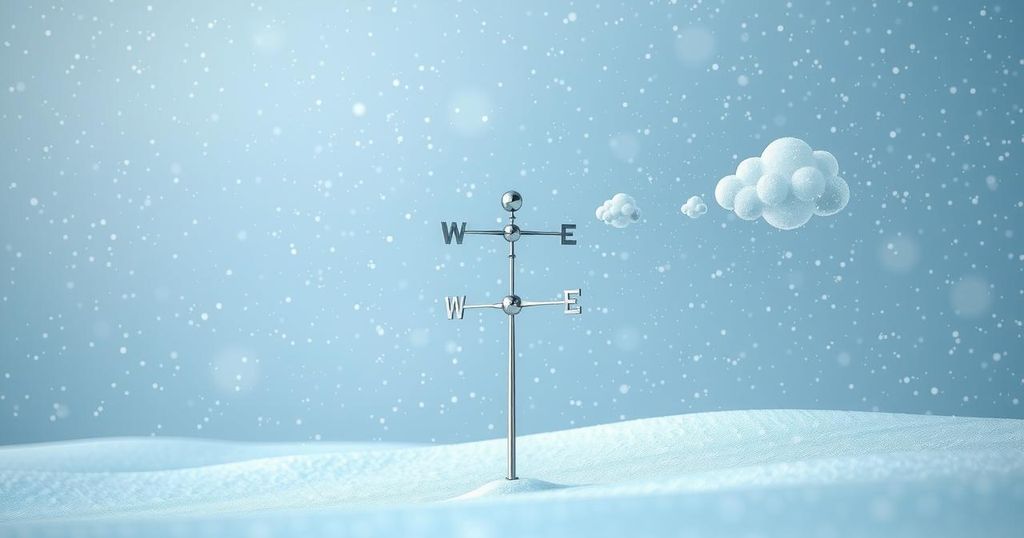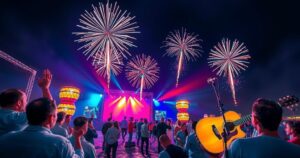The Snowpocalypse: Lessons on Weather Photography and AI Concerns

In February 2014, Raleigh experienced a severe snowstorm dubbed “Snowpocalypse,” which resulted in significant snowfall and traffic chaos. The event garnered attention on social media, spurring memes and discussions. Photographer Peter Forister raised concerns about the role of AI in weather photography, noting its ability to create realistic images that can mislead viewers. The community is encouraged to share their experiences and remain critical of online images.
Over a decade ago, Raleigh and the surrounding Triangle region experienced a severe snowstorm that became known as the “Snowpocalypse” on February 12, 2014. The storm brought in heavy snow, accumulating at a rate of about an inch per hour, causing unexpected chaos as schools dismissed early and traffic quickly became congested, leading to stranded vehicles across the region. Ultimately, Raleigh received four to five inches of snow before transitioning into sleet and freezing rain, creating hazardous conditions throughout the evening.
The aftermath of the storm sparked a flurry of social media activity, particularly with the viral image of a chaotic scene on Glenwood Avenue, captured by Lindsay Webb. This event coincided with the rise of social media and memes as forms of communication. The excitement on platforms captured the public’s attention, showcasing both the reality of the storm and the humor that emerged as people shared memes reflecting on the day’s events.
Photographer Peter Forister, who has extensively documented weather phenomena over the past decade, expressed concerns regarding the rise of artificial intelligence in weather photography. He noted that AI-generated images have become increasingly sophisticated, making it challenging for viewers to discern reality from fabrication. AI models reference existing images to create realistic renditions, exacerbating the difficulty in distinguishing authentic photographs from those generated by technology.
Forister highlighted that during significant weather events, social media is populated with AI-crafted images, including scenarios that seem improbable — like perfectly groomed pets in seemingly dire situations. He pointed out that one sign of AI-generated images is their “plastic” appearance, and emphasized the importance of critically evaluating visual content encountered online, urging users to approach social media with skepticism.
As the Triangle community reminisces about Snowmageddon, residents are encouraged to share their memories and insights. Local platforms invite individuals to engage by recalling their experiences, reinforcing the value of community memory in the face of shared natural events. Additionally, any real-time weather phenomena should be reported, highlighting the interconnectedness of the community in the atmospheric narrative.
The article reviews the impact of the Snowpocalypse that struck Raleigh in 2014, emphasizing the chaos caused by unexpected snowfall and the resulting viral social media responses. As artificial intelligence increasingly influences weather photography, challenges arise in identifying authentic images due to enhanced realism in AI-generated content. Observers are urged to critically assess online visuals, as real and AI-crafted images are often indistinguishable, particularly during significant weather events.
Original Source: www.wral.com





